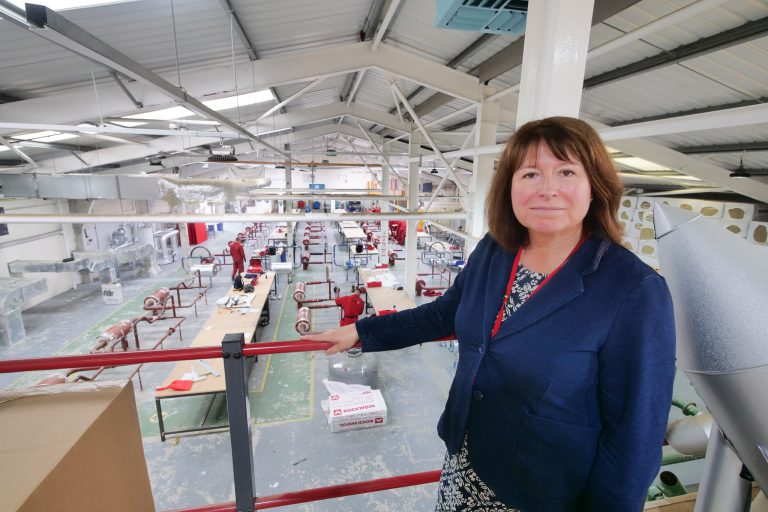When you’ve been injured in an accident, the last thing you’d be able to do is to start researching for personal injury lawyers. However, if you’re considering hiring one, choosing someone with extensive experience and legal expertise is essential. Here are some crucial things to look for when choosing a personal injury lawyer in Burlington: Experience and track record are essential components you must consider when searching for a personal injury lawyer in Burlington. A lawyer with the right qualifications and background can provide the necessary expertise to win your case and get the best possible settlement. The more experienced lawyers likely have worked on hundreds of cases similar to yours, giving them familiarity with local courts and knowledge of how insurance companies work. They may even be able to advise you on strategies before you even formally file a lawsuit. In addition, your chances of victory in court or negotiations are enhanced by hiring an attorney with a decent win percentage. Research each potential lawyer’s background to ensure they have the necessary expertise and track record of success in similar cases. With this information in hand, you can rest assured that you’re working with professionals who have successfully resolved many other similar cases as yours. When scouting for a personal injury lawyer in Burlington, the cost is always an essential factor to think about. Finding an attorney who is both well-qualified and within your budget can be difficult, but it’s worth the effort. It’s important not to choose the lowest-priced option, as some attorneys are cheaper because they may lack experience or provide a subpar level of service. On the other hand, high fees don’t necessarily guarantee success either. Doing thorough research and checking out lawyer’s reviews can save you time and money in the long run. Ultimately, finding the right personal injury attorney should involve careful consideration of both cost and quality of service to ensure you have the best chance of fighting for justice after an accident. It is critical to do one’s research before hiring a personal injury attorney in Burlington. Taking the time to look into references and reviews is a great start. References offer an experience-based account of how well a lawyer works with clients, while reviews provide helpful insights into their case outcomes, customer service, and cost efficiency. Knowing what others have experienced is incredibly valuable when deciding which attorney can best represent your interests and win your case. Don’t just take someone’s word for it – take the time to research and make sure you choose the right lawyer. It’s essential to consider location when looking for the best lawyer in Burlington because distance can impact the overall convenience of services. And since you’ll be required to attend meetings and check-ins with your lawyer regularly, it’s essential to find one close enough so that traveling won’t be disruptive or would require extra time and money. Additionally, lawyers who are local to the area often have more experience with local laws and tend to be better informed when it comes to getting the best outcome regarding insurance payouts. Thus, it’s worth researching lawyers within Burlington before considering those outside the city limits. When looking for a lawyer, availability is crucial. After all, you need an attorney who can give your case the attention it deserves; this is their area of expertise, and the more dedicated they can be, the better! Furthermore, the lawyer must be readily available if there are changes regarding your case, meetings that need to be arranged on short notice, or if something urgent needs to happen. Undertaking such a serious case requires commitment, and if you feel you’re being neglected or strung along, you’re not getting the representation you deserve. You don’t have to go for less than exemplary service; instead, prioritize the lawyer’s availability if you want to reap the benefits of hiring one for your situation. Lastly, when looking for a personal injury lawyer, it’s vital to consider whether or not they’re board-certified in their field. Consider only hiring attorneys certified by the National Trial Lawyers or the American Board of Trial Advocates. These certifications are awarded to lawyers who have met stringent standards regarding experience and knowledge in their area of expertise; they are subjective, but they still carry weight regarding credibility and effectiveness. Final Words Finding the right personal injury lawyer can be challenging, but it’s worth the effort. Doing thorough research and checking out lawyer’s reviews can save you time and money in the long run. Ultimately, finding the right personal injury attorney should involve careful consideration of both cost and quality of service to ensure you have the best chance of fighting for justice after an accident. By following the tips above and conducting thorough research, you can be confident that you have made the best choice. Good luck! Building, Design & Construction Magazine | The Choice of Industry Professionals














